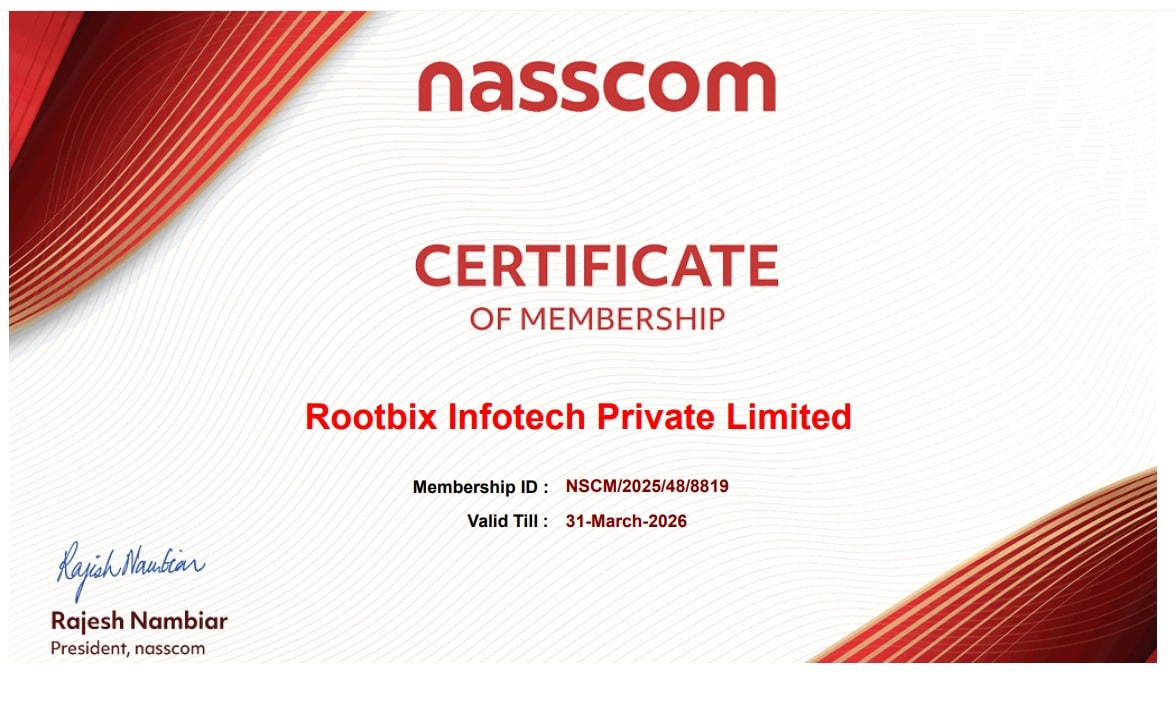SAP WM vs EWM Difference 2025 | Best career opportunities
In the field of SAP warehouse management, two important modules often come up — SAP WM (Warehouse Management) and SAP EWM (Extended Warehouse Management). While both are designed to handle warehouse operations, they differ in functionality, scalability, and how they integrate with other SAP systems.
If you are aiming to build a career in SAP logistics or warehouse management, understanding the SAP WM vs EWM Difference is crucial. This article will guide you through both modules, their core differences, and how training from GTR Academy can help you become an expert in this field.

What is SAP WM (Warehouse Management)?
SAP WM is one of the earliest warehouse management solutions built within the SAP ECC system. It helps organizations manage day-to-day warehouse tasks like goods receipt, goods issue, putaway, picking, and stock transfer.
This module enables real-time tracking of material movements and maintains accurate stock levels across storage locations. It also provides efficient control over storage bins and warehouse sections, ensuring smooth warehouse operations.
Key Features of SAP WM
- Real-time tracking of goods movement and stock updates
- Bin-level inventory management
- Warehouse structure setup (storage types, sections, and bins)
- Integration with SAP modules like MM (Materials Management) and SD (Sales and Distribution)
- Support for simple picking and putaway strategies
SAP WM has been used by industries for many years and remains a reliable tool. However, it lacks advanced automation and flexibility, leading SAP to introduce a more powerful system — SAP EWM.
What is SAP EWM (Extended Warehouse Management)?
SAP EWM is an advanced and flexible warehouse solution introduced by SAP as part of the SAP SCM suite and later integrated into SAP S/4HANA.
EWM is built to handle large-scale and automated warehouse operations. It offers enhanced capabilities for real-time control, monitoring, and optimization of logistics and warehouse tasks.
Key Features of SAP EWM
- Advanced labor management and resource allocation
- Integration with automation systems such as conveyors and robots
- Slotting and rearrangement features for optimized storage
- Yard management and dock appointment scheduling
- Support for RFID, barcode scanning, and mobile operations
- Advanced reporting and analytics tools
In simple terms, SAP EWM is a next-generation warehouse management solution designed for organizations seeking greater efficiency, automation, and real-time visibility across their logistics network.
Difference Between SAP WM and EWM
Although both WM and EWM manage warehouse functions, they differ in several ways, including flexibility, system architecture, and automation capabilities.
1. Scope and Flexibility
- SAP WM: Ideal for small and medium warehouses with simple operations.
- SAP EWM: Suitable for large and complex warehouses that require automation, scalability, and real-time processing.
2. System Integration
- SAP WM: Operates within the ECC system and connects mainly with MM and SD modules.
- SAP EWM: Works as a standalone (decentralized) system or as an embedded solution in SAP S/4HANA, providing complete integration across supply chain functions.
3. Warehouse Structure
- SAP WM: Manages storage through types, sections, and bins.
- SAP EWM: Includes advanced wave management, bin determination, and storage control for more detailed handling.
4. Labor and Resource Management
- SAP WM: Basic setup without labor management.
- SAP EWM: Includes labor tracking, workload distribution, and performance analytics to improve productivity.
5. Automation and Technology
- SAP WM: Limited automation; supports only barcode scanning.
- SAP EWM: Integrates with automated material handling systems, robots, and RFID devices for real-time operations.
6. Cross-Docking and Yard Management
- SAP WM: Minimal or no support for these processes.
- SAP EWM: Offers full cross-docking, yard management, and appointment scheduling features.
7. Future Scope
- SAP WM: Being phased out and replaced by SAP EWM in new S/4HANA implementations.
- SAP EWM: The future-ready warehouse management solution that SAP will continue to enhance and support.
SAP WM vs EWM Difference – Which Should You Learn?
Choosing between SAP WM and SAP EWM depends on your career aspirations.
If you plan to work with older SAP ECC systems, learning SAP WM can still be beneficial. However, since most organizations are shifting to SAP S/4HANA, learning SAP EWM will make you more valuable and future-ready.
EWM experts are in high demand, especially in logistics, e-commerce, manufacturing, and retail industries, where automation and scalability are key.
Career Opportunities in SAP WM and EWM
Professionals skilled in SAP warehouse management modules can find excellent career opportunities across industries.
Popular Roles Include:
- SAP EWM Consultant
- SAP WM Functional Consultant
- SAP Logistics Analyst
- SAP Supply Chain Specialist
- SAP Implementation Engineer
As more companies adopt S/4HANA EWM, professionals with expertise in SAP EWM enjoy higher salaries, global opportunities, and long-term career stability.
Learn SAP WM and EWM from GTR Academy
If you’re looking to start or grow your career in SAP, GTR Academy offers top-quality training in both SAP WM and SAP EWM.
GTR Academy is a trusted name in SAP education, offering comprehensive courses designed by industry professionals. Learners get hands-on experience with real-time projects, case studies, and placement support.
Why Choose GTR Academy?
- Live, instructor-led online and offline sessions
- Updated syllabus based on the latest SAP S/4HANA platform
- Practical exposure through real-world case studies
- Flexible batch timings for working professionals
- 100% placement assistance after completion
Whether you’re a fresher or an experienced professional, GTR Academy helps you gain in-depth practical knowledge of SAP WM and EWM to succeed in your SAP career.
Benefits of Learning SAP EWM
Here are some major advantages of mastering SAP EWM:
- Access to better job opportunities in top organizations
- Higher salary potential
- Knowledge of warehouse automation and optimization
- Enhanced understanding of supply chain processes
- Practical experience with the latest SAP technologies
By learning SAP EWM, you prepare yourself for the future of digital warehouse management and smart logistics.
Top 10 FAQs About SAP WM vs EWM
- What is the main difference between SAP WM and EWM?
SAP WM is suitable for basic warehouse management in ECC systems, while SAP EWM is an advanced solution for complex, automated, and large-scale warehouses in S/4HANA. - Is SAP EWM replacing SAP WM?
Yes. With the migration to SAP S/4HANA, SAP EWM is gradually replacing WM as the primary warehouse management solution. - Can a beginner learn SAP WM and EWM together?
Yes. Beginners can start with SAP WM to understand basic warehouse concepts and then move to SAP EWM for advanced features and automation processes. - Which module has more career opportunities, WM or EWM?
SAP EWM has better career prospects because it supports modern logistics, automation, and large-scale warehouse operations, which are in high demand globally. - What industries use SAP WM and EWM?
Both modules are widely used in manufacturing, retail, logistics, e-commerce, and distribution industries to manage warehouse and supply chain operations. - Does SAP EWM support warehouse automation?
Yes. SAP EWM integrates with automated systems such as conveyors, robots, RFID, and barcode scanners for real-time monitoring and optimized warehouse processes. - Is SAP WM easier to learn than EWM?
SAP WM is simpler and easier for beginners since it focuses on basic warehouse management. SAP EWM is more complex and requires learning advanced features like slotting, labor management, and automation integration. - What is the best way to learn SAP WM and EWM?
Enrolling in a structured course at GTR Academy is ideal. The academy offers online and offline training, real-time projects, expert guidance, and placement assistance. - Can SAP WM and EWM work together?
Yes. In some organizations, SAP WM handles basic warehouse tasks while SAP EWM manages advanced or automated operations, ensuring seamless warehouse management. - Why is SAP EWM important for modern warehouses?
SAP EWM supports automation, real-time monitoring, advanced labor management, and high-volume processing, making it essential for modern, efficient, and scalable warehouse operations.
Connect With Us: WhatsApp
Conclusion
Understanding the difference between SAP WM and SAP EWM is essential for anyone looking to build a career in warehouse management or logistics using SAP.
While SAP WM provides the foundation for managing traditional warehouses, SAP EWM is the future — offering advanced features, automation, and flexibility within the SAP S/4HANA ecosystem.
As industries continue transitioning to EWM, now is the perfect time to enroll in GTR Academy’s SAP EWM training program. You’ll gain real-world skills, expert guidance, and certification to make your SAP career truly successful.











